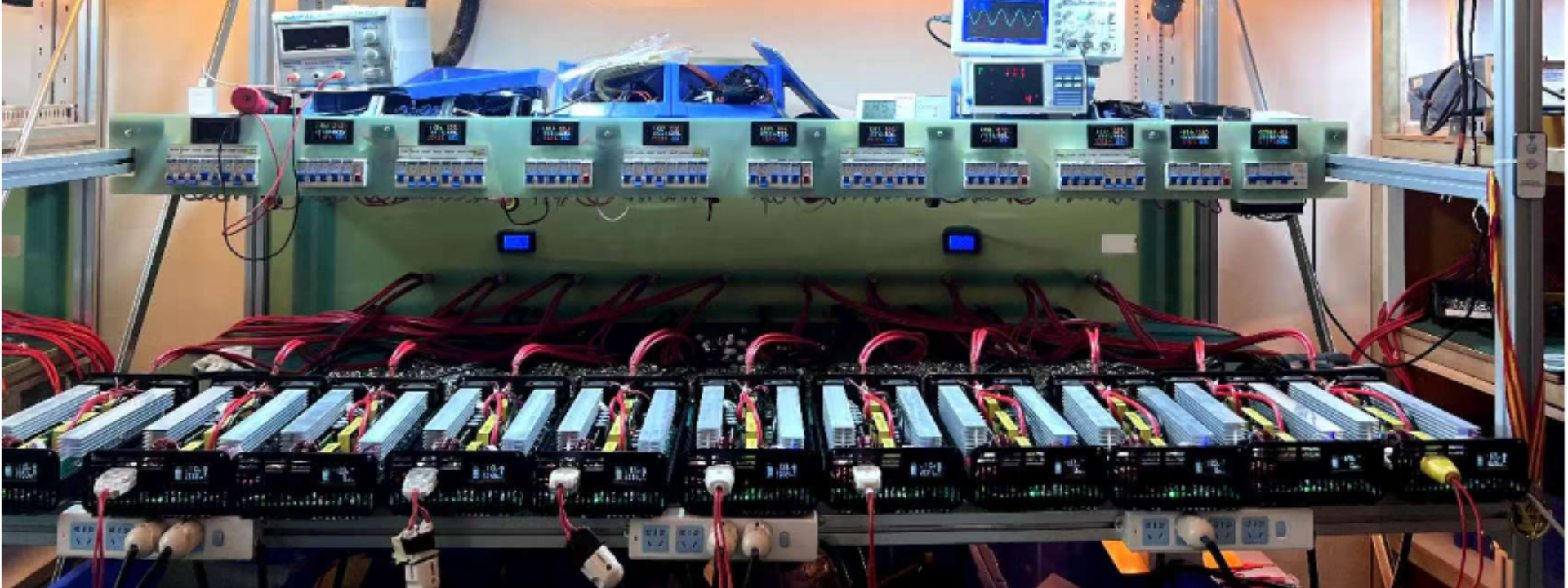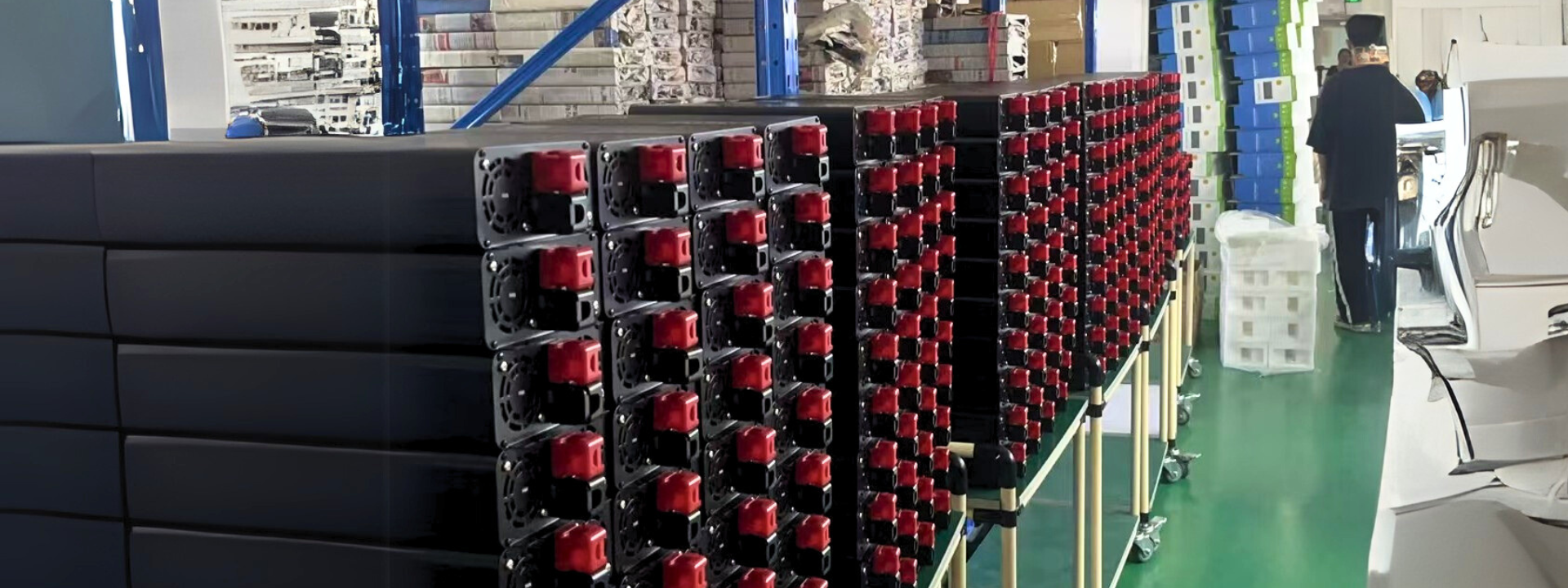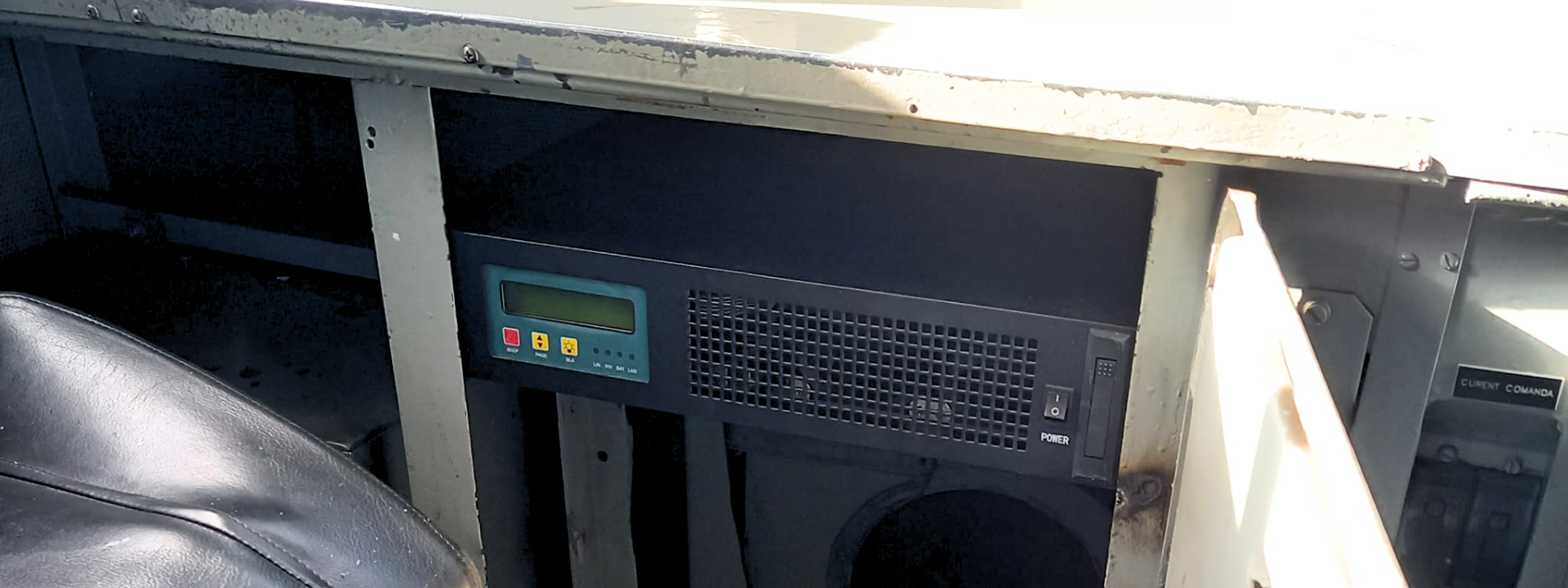Introduction

As the core component in power electronics, inverters are widely used in new energy, electric vehicles and other fields. This article will introduce the types of Power inverter and their performance indicators in detail to help you understand this important topic in depth.
Basic concepts of inverters
power inverters is a power electronic device that converts direct current (DC) into alternating current (AC). Its main function is to achieve the conversion and regulation of electric energy by controlling the on and off of switching devices.
Types of inverters

Classification by output waveform
Square wave power of inverter: outputs square wave AC, with a simple structure and low cost, but high harmonic content.
Pure Sine Wave Power Inverter: outputs AC close to a sine wave, with low harmonic content, suitable for occasions with high requirements for power quality.
Classification by topology
Half-bridge inverter: consists of two switching devices, suitable for low-power applications.
Full-bridge inverter: consists of four switching devices, suitable for medium and high-power applications.
Three-phase inverter: used for three-phase AC output, widely used in industrial fields.
Performance indicators of inverters

Output voltage and frequency: Output voltage and frequency are basic performance indicators of power inverter and need to meet load requirements. For example, household inverters usually output 220V/50Hz AC power.
Efficiency: Efficiency refers to the ratio of the inverters output power to the input power. High efficiency means low loss. For example, if the input power of an inverter of power is 1000W and the output power is 950W, the efficiency is 95%.
Harmonic content: Harmonic content affects the quality of power. Sine wave inverters have lower harmonic content. For example, 12V 48V inverters with THD (total harmonic distortion) less than 5% are considered to have good power quality.
Response time: Response time refers to the time required for the inverter to start up and stabilize output. Fast response time is particularly important for dynamic loads. For example, the response time of an inverter is 50ms.
Example Analysis
Model : IPS-DTA2000-48 2KVA 48Vdc to 220VAC telecom pure sine wave inverter
① Wave shape : Pure Sine Wave
② DC Rate Input : 48VDC
③ Working voltage range: 40~58.8VDC
④ Start up voltage range: 42~57VDC
⑤ AC By Pass Input: 220VAC
⑥ AC Output : 220V 50Hz or 60Hz
⑦ Rate Capacity: 2000VA, 1600W
⑧ Mounting : 19 inch 2U Rack Type
⑨ Protection : input under voltage, over voltage output overload and short circuit
⑩ Communication interface: RS485 *1
⑪ LCD indicator*1
This inverter is suitable for home and small industrial applications, with the advantages of high efficiency and low harmonic content.







